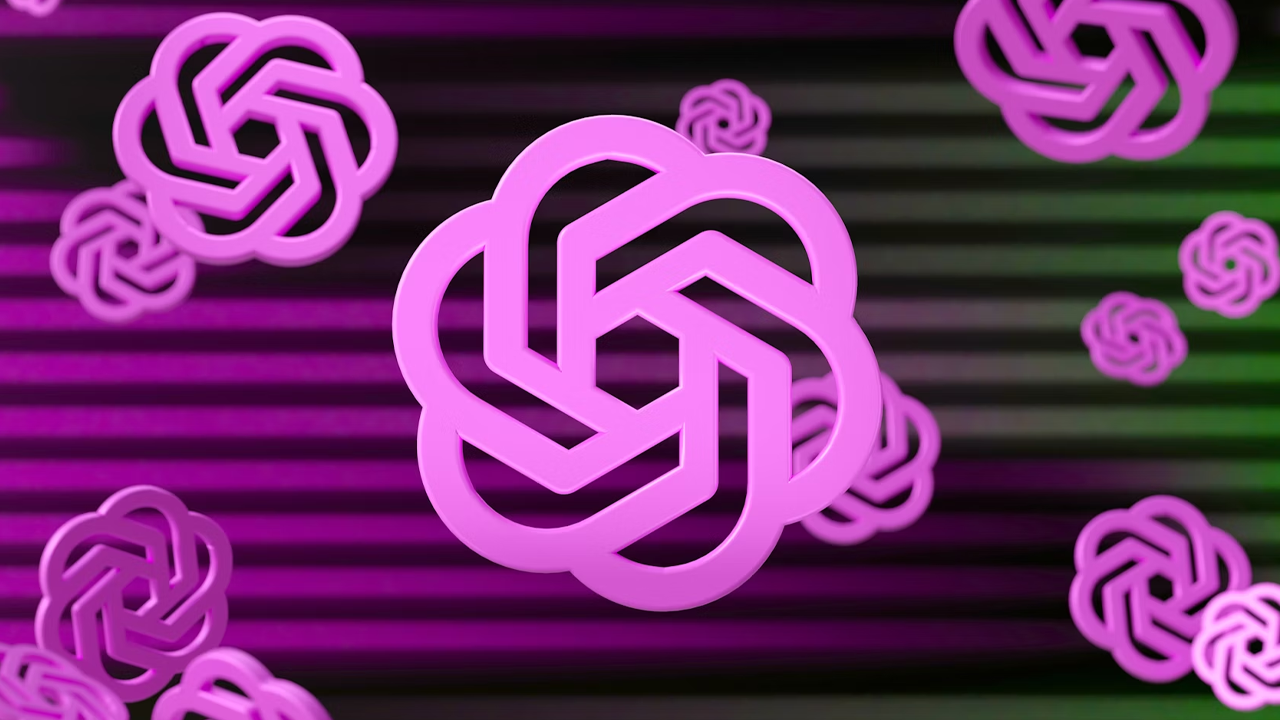Implementing an AI chatbot in customer service can transform the way companies interact with their consumers. Intelligent chatbots, powered by machine learning algorithms, are able to automate repetitive tasks and offer support 24 hours a day. By clearly defining customer service objectives and goals, companies can maximize efficiency and customer satisfaction.
To start implementing a chatbot, it is essential to identify the most common questions and usage scenarios that the tool will have to deal with. This ensures that the chatbot is efficient and effective in its responses, providing an agile and personalized service. The continuous availability of these virtual assistants enhances the consumer experience, bringing a significant competitive advantage.
The competitive advantage of adopting chatbots in customer service is clear. Companies that use these virtual assistants not only optimize their operations, but also offer faster and more personalized support, making them stand out in the market. Strengthening your digital presence with AI technology is not just a trend, but a necessity for those who want to remain relevant and competitive.
Understanding AI chatbots

AI chatbots are computer programs that simulate human interactions through text or voice. They use artificial intelligence (AI) to understand and respond to user queries.
O natural language processing (NLP) allows chatbots to interpret and process human language effectively. Machine learning algorithms adjust the chatbots' responses based on previous interactions, making them more accurate over time.
The structure of a typical chatbot includes a dialog engine, a knowledge base and integration APIs. These components work together to offer relevant and useful responses to users.
Benefits of AI in Customer Service

One of the main benefits of AI chatbots is the 24/7 availability. They can attend to customers at any time, providing continuous support and improving the customer satisfaction.
They also offer personalized based on past interactions, creating a most relevant experience for each user. Task automation common also frees up time for human agents to focus on more complex issues.
AI chatbots are capable of dealing with a large volume of queries simultaneouslysomething that would be impossible for humans. This reduces waiting times and improves service efficiency.
Main Trends and Evolution of Chatbots

The evolution of AI chatbots continues apace. One trend is integration with virtual assistants e popular messaging platforms such as WhatsApp and Facebook Messenger.
Another important trend is the adoption of chatbots with generative AIThe new technology, which uses advanced technology to create much more natural and engaging responses. This significantly improves the quality of interaction with the user.
Advanced personalization, driven by data analysis e machine learning, is also on the rise. That technology allows chatbots to tailor their responses based on detailed information about the user, providing a seamless experience. highly individualized.
Planning for Implementation

To ensure a successful implementation of an AI chatbot in customer service, it's vital to carry out an in-depth analysis of needs and objectives, choose the right platforms and tools, and consider the technical challenges involved.
Analysis of Needs and Objectives
First of all, it is crucial to identify what problems the chatbot should solve. The company must ask itself: What are the main goals of customer service? It's important to understand your customers' needs and how a chatbot can meet them.
Carry out a detailed data analysis. Study service history and identify patterns. This helps to define the functionalities that the chatbot should have and create more effective dialogues.
Set clear goals is fundamental. Goals can include reducing response times, increasing customer satisfaction or reducing operating costs. These objectives will guide the entire implementation process.
Choosing the right platform and tools
Choose the the right chatbot platform is essential for the bot's performance. Evaluate platforms that offer integration with your AI tools and analysis of existing data.
Consider platforms that support machine learningallowing the chatbot to improve over time. Technology natural language processing (NLP) are vital for more human interactions.
Performance analysis tools are important for monitor and adjust the chatbot after implementation. Look for solutions that offer detailed reports and actionable insights.
Challenges and Technical Considerations
Implementing chatbots presents a number of technical challenges. A integration with existing systems can be complex, requiring careful planning. The security of customer data is another critical concern; ensure compliance with regulations data protection.
Prepare to deal with unknown questions and exceptions. Develop processes that allow the bot to be updated regularly.
Another challenge is keep it humanized. You may need to adjust dialogs to sound more natural and friendly. Also, consider the need for human support for scenarios where the bot can't resolve issues properly.
Development and Customization

Developing an AI chatbot involves creating efficient and personalized dialogues, integrating with existing service channels and constantly testing and adjusting to ensure continuous improvement. This is essential for providing a high-quality service experience and increasing customer satisfaction.
Creating Dialogs and Customizing Responses
To develop an effective chatbot, it is crucial to create natural dialogues and personalized. Conversation flows should be designed to recognize and answer customers' most common questions. Natural language should be used to make interactions more fluid.
Different customer persona have different needs. Personalizing responses based on the customer's history and preferences can increase the customer satisfaction. Use keywords e intentions to guide the conversation and adjust the chatbot's language to match the tone and voice of the brand.
Integration with Existing Service Channels
A integration chatbot with the communication channels is essential. This includes websites, mobile applications, social networks and messaging platforms. Centralizing interactions on a unified platform improves service experience.
Automate common tasksThe use of third-party APIs, such as FAQs and transactional tasks, across all channels helps to ensure consistent service. Using third-party APIs can facilitate this integration, allowing the chatbot to access CRM data to further personalize the customer experience.
Testing and Adjusting the A.I. for Continuous Improvement
The development of a chatbot doesn't end after its launch. Continuous testing are vital for identifying areas for improvement. The data collected from customer interactions should be analyzed for adjustments in language and responses.
Implementing a feedback to assess whether the chatbot's responses meet the customer's needs is essential. Doing regular adjustments in the algorithm and updating the knowledge base, the chatbot can continuously improve its performance. natural conversations and solve problems more efficiently.
Companies that use chatbots must create a cycle of continuous improvement, where analysis and optimization are constant to ensure that the chatbot offers a service that is not just a chatbot. personalized and high quality at all points of contact.
Impact and Results Analysis

Implementing AI chatbots in customer service can affect operational efficiency and customer satisfaction. Analyzing data and metrics is essential to continuously improve the performance and impact of AI solutions.
Measuring Operational Efficiency and Customer Satisfaction
Operational efficiency:
- Chatbots automate repetitive tasks.
- Reduced operating costs.
- Better use of human resources for complex problems.
Customer satisfaction:
- Continuous service (24/7).
- Quick resolution of common queries.
- Customer feedback can be collected and analyzed in real time.
Strategies for Loyalty and Cross-Selling
Customer loyalty:
- Quick, personalized responses increase trust.
- Ongoing relationship and service improvements based on feedback.
Cross-selling:
- Product recommendations based on customer history.
- Special offers and promotions can be suggested automatically.
- Interaction analysis provides insights for future sales strategies.
Preparing for the Future of Customer Service
Constant adaptation:
- Monitor and optimize the performance of chatbots on a regular basis.
- Adjusting strategies as customer needs evolve.
Sentiment Analysis and Data:
- Use of sentiment analysis to better understand customers' emotions.
- Collecting and analyzing data to predict future trends and behavior.
Integration of New Technologies:
- Implementation of emerging technologies to further enhance the customer experience.
- Prepare the team and systems to support scalability and new functions.
Frequently Asked Questions
In this section, we cover essential information about creating, training and evaluating AI chatbots for customer service. We also discuss the best platforms available for developing AI chatbots on WhatsApp.
What steps are needed to create a customer service chatbot with artificial intelligence?
To create a customer service chatbot with AI, the basic steps include:
- Planning and defining objectivesDetermine the functions the chatbot will perform and the problems it will solve.
- Choice of platform: Select the appropriate development platform.
- Development: Program the chatbot using specific tools and languages.
- TrainingUse real data to teach the chatbot how to respond properly.
- Tests: Carry out rigorous tests to ensure that the chatbot works correctly.
- Implementation and monitoring: Put the chatbot into operation and monitor its performance continuously.
How can I train an AI chatbot to understand and answer questions specific to my business?
Training an AI chatbot includes:
- Collect relevant data: Gather examples of questions and answers related to your business.
- Creating intentions and entitiesDefine question categories (intentions) and question components (entities).
- Use machine learning techniques: Incorporate algorithms that help the chatbot learn from the data provided.
- Continuous feedbackAdjust and improve the chatbot based on user interactions and feedback received.
What are the best platforms available for developing an AI chatbot for WhatsApp?
The best platforms for creating AI chatbots for WhatsApp include:
- Twilio: Offers API for sending messages on WhatsApp, with comprehensive support for AI bots.
- DialogflowGoogle platform that integrates easily with WhatsApp, allowing the creation of advanced chatbots.
- ChatfuelEasy-to-use tool that allows you to create bots for various social platforms, including WhatsApp.
- ManyChatFamous for its simplicity and integration with various social networks, as well as support for WhatsApp.
What metrics are important for evaluating the effectiveness of an AI chatbot in customer service?
The crucial metrics for evaluating the effectiveness of a chatbot include:
- Problem resolution rateProportion of problems solved without human intervention.
- User satisfaction: Evaluations or feedback from users after interacting with the chatbot.
- Engagement timeAverage time users spend interacting with the chatbot.
- Retention rateNumber of users who return to use the chatbot again.
- Accuracy of answersPercentage of correct answers provided by the chatbot.






